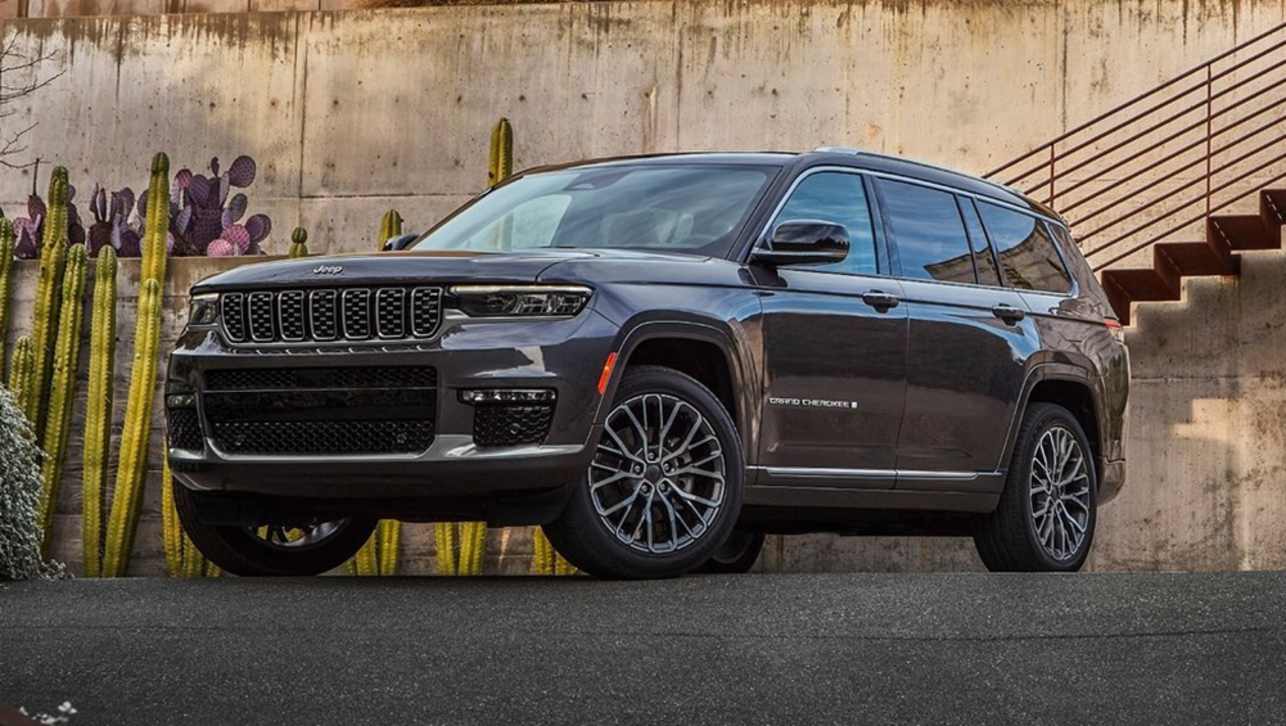The world got a new automotive juggernaut this week.
It took more than a year but, the merger between Fiat Chrysler Automobiles (FCA) and Group PSA (Peugeot-Citroen) was finally completed, immediately making it the fourth largest car company in the world.
Together the combined output of Stellantis is approximately eight million vehicles annually and, by combining forces, the two sides hope to save up to €5 billion ($7.8 billion).
Stellantis encompasses a massive 14 brands – Alfa Romeo, Fiat, Abarth, Maserati, Lancia, Jeep, Ram, Dodge, Chrysler, Peugeot, Citroen, DS, Opel and Vauxhall. While obviously not all of those are sold in Australia, there could be major changes for the brands that are offered here.
However, exactly what the new structure means for Australian customers remains to be seen, with FCA Australia based in Melbourne and run as a direct factory operation, while Citroen and Peugeot are imported and distributed by Inchcape, which is located in Sydney.
Further complicated in the situation is the popular Ram utes and Maserati are both looked after by Ateco Group in Sydney, which has confirmed it will continue its current deals with FCA.
Regardless of how the business is structured locally, there are some key models that will help shape Stellantis’ hopes in Australia.
Alfa Romeo Stelvio
.jpg)
The Italian brand is set to expand its SUV line-up with the compact Tonale, which would no doubt increase its appeal and sales; but it hasn’t committed to introducing it to Australia… yet. But whether it does or doesn’t bring the Tonale, Alfa Romeo needs to get more from what it already has.
The Stelvio in particular because while the Giulia is a good car, the sedan market remains in decline and SUVs are the future of the market; so, there’s more potential for the Stelvio to make an impact on Alfa Romeo’s overall results.
Alfa Romeo managed to sell only 414 Stelvio in 2020, compared to the 4470 Mercedes-Benz GLCs sold and the 4360 BMW X3s. Obviously reaching the same heights as the Germans is too optimistic, but the Italian brand should be focused on lifting the Stelvio above 1000 units per year. That would put it on par with more niche offerings, such as the BMW X4, Range Rover Evoque and GLC Coupe.
The updated 2021-spec Stelvio is due to arrive in the first quarter of the year, which is ideal timing to try and start to grow.
Citroen C5 Aircross
.jpg)
If all (or at least, most) Stellantis brands come under the same management in Australia, there will no doubt be some hard questions about the long-term future of Citroen locally. The French brand managed just 203 sales in 2020, almost half what it did in pre-Covid 2019.
Standing out isn’t Citroen’s problem, the brand offers some of the most interesting and head-turning cars on the market today. The problem is turning those turned heads into sales.
The most likely candidate for success is the C5 Aircross, if only because it competes in the sizeable medium SUV market. Australians bought 152,685 medium SUVs in 2020, and unfortunately for Citroen, only 89 of those were the C5 Aircross, meaning it was out-sold by the Jeep Cherokee, MG HS and SsangYong Korando.
It won’t ever be a best-seller, but the C5 Aircross offers the best growth potential for the brand. It just has to find a way to get more people to take a chance on the quirky SUV.
Fiat 500
.jpg)
What next for the Italian city car brand? It’s been a question we’ve asked many times, especially since the unveiling of the all-new electric 500 early in 2020. The Australian operation is yet to confirm if it will be offered locally, as it would likely carry a hefty premium over the already pricey petrol model (it starts at $19,250 before on-road costs for the three-door hatch).
The good news for Fiat Australia is the current petrol model will continue to be built alongside the all-new EV version, at least as long as it remains popular enough around the world to justify it.
Local management will be hoping that’s the case, because the 500 accounts for more than 78 per cent of its total sales. Put simply, without the petrol-powered 500 it’s hard to see a future for the Fiat brand Down Under, so there’s a lot riding on the pint-sized machine.
Jeep Grand Cherokee
_0.jpg)
The American SUV brand has high hopes in Australia, aiming to crack the top 10 brands within the next four years. The new Grand Cherokee is unquestionably the most important model to achieve that because back in 2014 when the company hit its sales peak (30,408), more than half of its sales were in its Toyota LandCruiser Prado rival.
There will be some major hurdles for Jeep to clear to get back to those bigger sales numbers, not least of which being reliability concerns after the previous generation was recalled more than a dozen times during its life.
The good news is the new model ticks a lot of boxes that should make it appealing to buyers again. For starters it’s all-new, sitting on a new unibody platform that the company claims makes it quieter and more refined than ever before. It will also be available as both a five- and seven-seater which will further strengthen its appeal.
Interestingly though, it will ditch diesel power, with only a 3.6-litre V6 and 5.7-litre V8 petrol engines confirmed for its Australian launch later this year, while the plug-in hybrid variant will land early in 2022 for those looking for more efficiency.
Peugeot Expert
.jpg)
The Volkswagen Tiguan-rivalling 3008 is the French brand’s biggest seller, and an updated model is on the way in 2021. But we’ve chosen the Expert because it competes in a less crowded field, which offers good growth potential for not only the model, but the brand overall.
Peugeot sold just 294 Experts in 2020, which put it at the bottom of the light-commercial van market. But given the Expert only launched part-way through 2019, and was entering the commercial market for the first time in recent memory, it’s 2020 results were promising.
Peugeot nearly tripled its 2019 sales numbers, which shows people were willing to take a chance on a new player in the market.
While there’s still a long way to go before it gets close to the class-leading Toyota HiAce (8391 sales) and Hyundai iLoad (3919), it could steal sales from the likes of the Volkswagen Transporter, LDV G10 and Renault Trafic to grow the brand’s commercial presence.




-2.jpg)


.jpg)

.jpg)
.jpg)



.jpg)

.jpg)
.jpg)

.jpg)
.jpg)


.jpg)
.jpg)
.jpg)
.jpg)



.jpg)
.jpg)
Comments